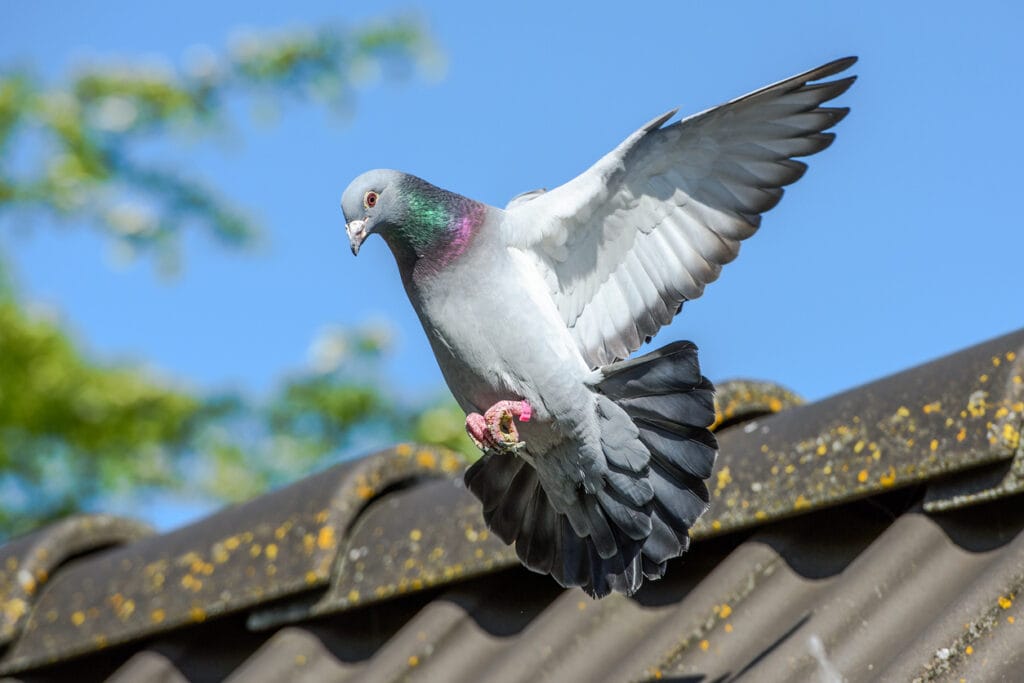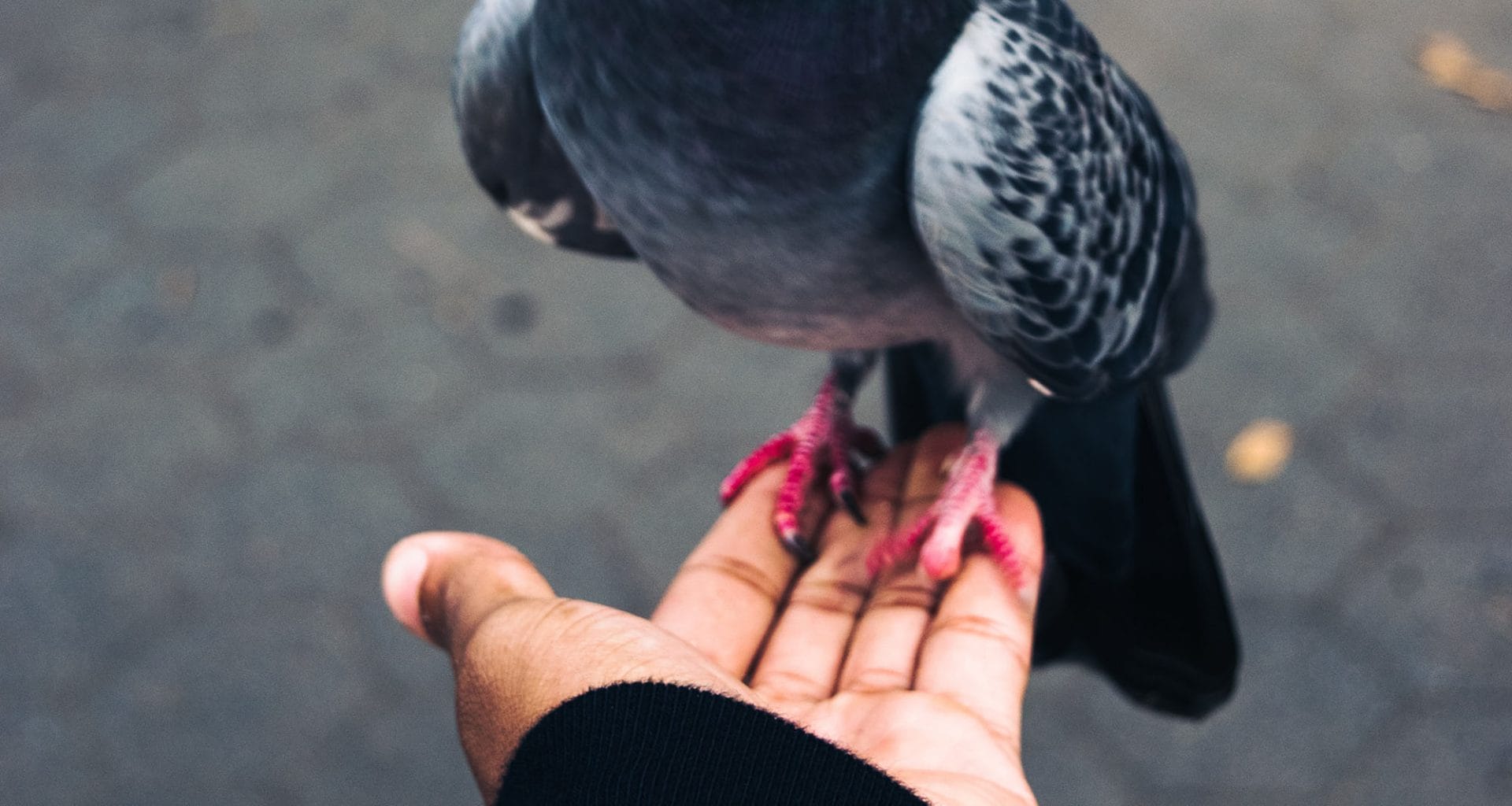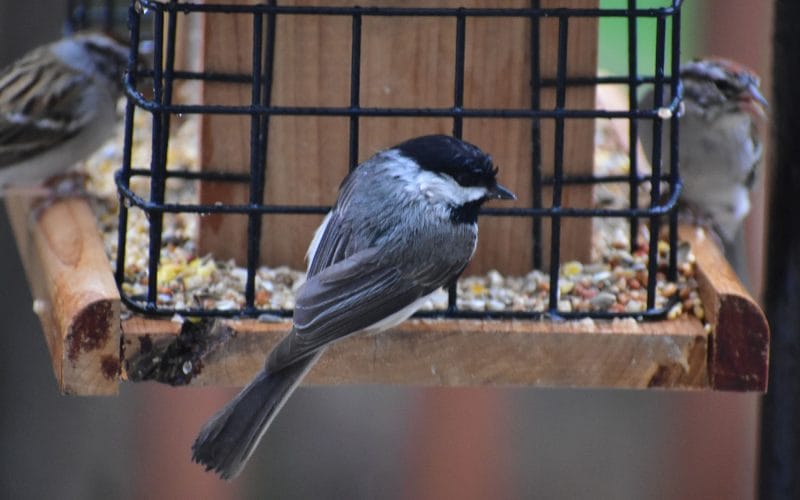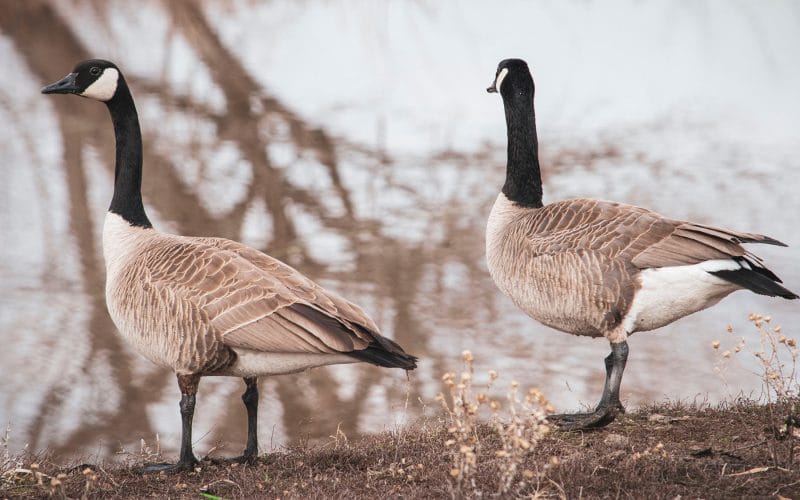Pigeons are extremely intelligent, and for thousands of years, people valued them because they’re gorgeous. These birds have also been appreciated in various cultures and religions and were mentioned in the books of history as clever messengers that were able to carry messages across countries. But do you know how to train a pigeon to fly to you?
Archeology shows that pigeons were domesticated around 3000 BC in Mesopotamia. People used them to send messages during times of peace and war when people took months to travel from one country to another.
Even in modern times, pigeons were able to carry crucial messages that saved thousands of lives during World War 1 and World War 2.
Author Note: Homing pigeons or rock pigeons can be trained to carry messages or to race because they’re able to find their way home. Whether you’re training pigeons to get back to you for fun or for professional races, you’ve come to the right place. In this article, we’ll discuss the best way to train a pigeon to fly to you.
How to Get Your Pigeons Ready

There are 344 breeds that belong to the family of pigeons and doves. However, if you’re buying pigeons to train them to fly home, you need to make sure that you’re getting them from a reputable source.
Pigeons should always be purchased in pairs or in groups because they’re sociable animals that don’t like to live alone.
Some breeds are better than others when it comes to racing or homing. A good breeder should be able to provide you with the necessary information about the species.
The average price of a homing pigeon is between $50 and a few hundreds of dollars, depending on the pedigree or family line and the breeder. Here is what you should do to get your birds ready.
This is the first step in learning how to train a pigeon to fly to you.
Tips for Getting Your Pigeons Ready to Fly to You
- Always build a home for your pigeons before they arrive. Lofts or aviaries should be an adequate size, depending on the number of pigeons you’re planning to keep.
- You can either order a premade loft or build your own, making sure that each pair of pigeons has between 8 to 10 cubic feet of space. Stuffing too many birds in a tight loft will make them too aggressive, and they will get sick.
- Make sure that your birds are well-protected from all threats and predators. The aviary should be designed to protect the birds from the elements even in extreme weather. However, it’s recommended to have an indoor as well as an outdoor shelter for your birds to thrive.
- If you’re planning to breed pigeons, you should design a separate area to keep the eggs and the offspring.
- Set up the loft or aviary in a place that allows the birds to fly freely. Any aerial obstructions like wires, lamp posts, tree branches, and other structures can confuse your birds when you’re trying to teach them to fly back to you.
- Pay attention to the design of the loft, and make sure that the roof isn’t flat. This will prevent the birds from landing on the roof and tempt them to actually get inside where you need them to be.
- In some cases, your breeder might offer banded pigeons that you will be able to raise. This will guarantee that your birds will be found easily if they ever lose their way.
Additional Tips
- Let the pigeons get accustomed to their new home. If you’re buying pigeons for the first time, this might not be a problem. However, if you’re adding new members to your pigeon family, they might get a little aggressive. This is why it’s recommended to separate your new pigeons from the old ones until they get used to their new environment.
- Make sure that pigeons have access to water all the time. Keep the loft clean, so they can drink adequately.
- Pick suitable feed to feed your pigeons. You should keep the food between 15 and 20 minutes and remove any residue that the birds haven’t eaten. You should also provide the birds with grit, so they can have enough vitamins and minerals and improve digestion. Pigeons should have access to food twice a day so they don’t make a mess while feeding.
- If it’s the breeding season, you should complement the diet of your pigeons with more proteins. You can provide them with a protein mix to make sure that they’re healthy enough to breed. If the pigeons are racing, you should provide them with more fats and carbohydrates.
- If there’s something wrong with your pigeons, make sure that you have access to the right vet. Not all veterinarians are experienced with birds or deal with them on a regular basis. You can ask your breeder for a recommended vet.
How to Train Your Pigeons to Fly to You

Author Note: You can train a pigeon to fly to you if you have the patience and commitment needed. Pigeons are extremely smart, but teaching a pigeon to fly home takes time. Here are the necessary tips to follow.
- Begin the training program when the pigeons are almost six weeks old. At this age, the pigeons will be able to recognize the door where they can easily get into the loft whenever they want to.
- This door is also the only way you can keep the birds trapped inside when you want them in the loft. In the beginning, your pigeons might be a little confused about the trapdoor, but they will learn how to pass through it.
- Always make sure that the loft is clean and there’s enough food and water. This will encourage the pigeons to come home.
- It usually takes a single week to train your pigeons to learn a single trick. You can teach them to cross the loft’s door at least once a day for a week. In the second week, you should add something to the training.
- Keep the pigeons in a cage or basket and carry them to the release location. Make sure that the birds are comfortable in this temporary cage, so they don’t feel stressed.
Training Your Pigeons to Fly to You
- Start by releasing the birds about half a mile away from their loft. Increase the distance gradually, so they can find their way home. There are several factors that affect the success of the training, including the geographical nature of the area and the climate.
- Repeat the releasing training several times a week, and increase the distance between 2 and 5 miles every week. Go in different directions every time to encourage the pigeons to find their way back home.
- If some of your birds get lost, you need to reevaluate your training technique. You might be expanding the distance too fast or too long. In this case, you should return to the last distance that your pigeons were able to accomplish.
- You can report a lost pigeon to local pigeon clubs. You might be able to get your banded birds back.
- In some cases, some pigeons will take some time to rest before they return home. They will probably return to the loft after a few days.
- If you’re releasing your pigeons at a long distance away from their original loft, you might need to set up a second home or loft. This can be set at a friend’s house or somewhere that you have access to.
You should feed the pigeons regularly at both locations, so they can feel comfortable and familiar at the other location.
They might try flying between the two lofts when they’re hungry.
How to Train Your Pigeon to Race

Pigeons can fly between 500 and 800 miles a day without taking breaks. The average speed is between 60 and 70 miles per hour, but some of the fastest pigeons are able to fly for up to 92 miles per hour.
If you’re interested in training your pigeons for racing, you should register your pigeons at a local pigeon racing club.
There are hundreds of local clubs that are currently affiliated with the American Racing Pigeon Union, and joining one of them will grant you access to all the information that you need to register your birds for the upcoming races.
Author Note: You should be an active member if racing is what you have in mind for your birds. Keep an eye on all the events and observe how pigeons and their owners act. You can also gain advice from avid pigeon racers who have been training their birds for years.
After taking part in your first pigeon race, you will be eligible for the Help-a-Beginner program, which is designed for racers who have only participated in one racing season.
This program will get you in touch with more experienced racers who can provide you with the necessary information that allows you to successfully train your pigeons.
Wrap Up
Homing pigeons can be easily trained to fly back to you if you have the required patience and dedication. You need to build a loft to provide your pigeons with shelter and make sure that they have access to water and healthy food.
You should practice releasing pigeons away from home, gradually increasing the distance until the birds have learned their way. Keep on increasing the distance and set up a secondary loft, so birds will be able to travel for longer distances without losing their way.
We hope you found this article on how to train a pigeon to fly to you useful.
Fly high friends!
FAQ
Trainers typically work with their pigeons for 2-3 weeks before the racing season starts. They are so intelligent that they learn really quickly. For first time birds it may take longer to train them.
It was recognized a long time ago that pigeons have an incredible ability to navigate. It is thought that over 2,000 years ago they were used to send messages.
Top flight homing pigeons have been bred and trained to fly over 600 miles non stop.










